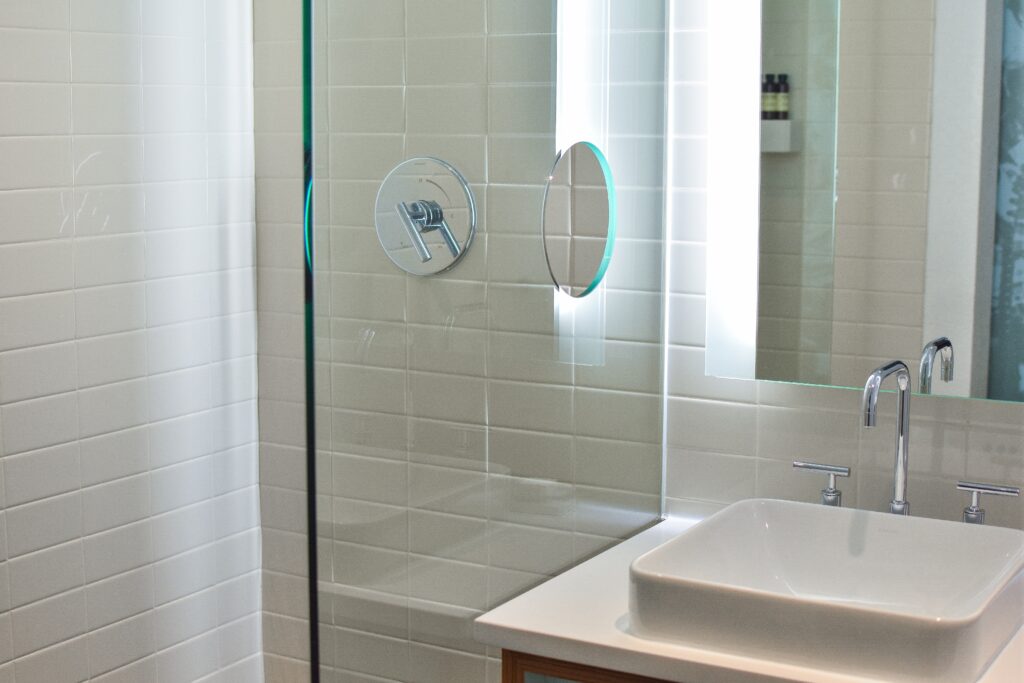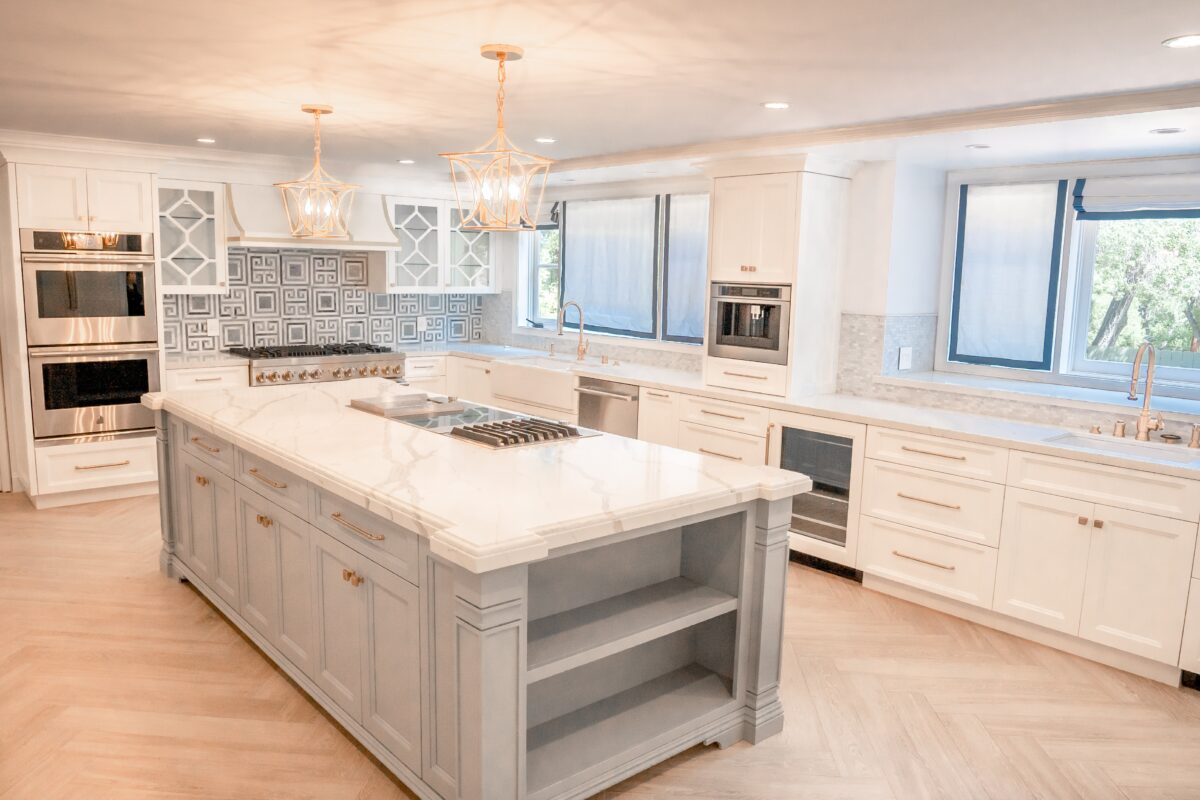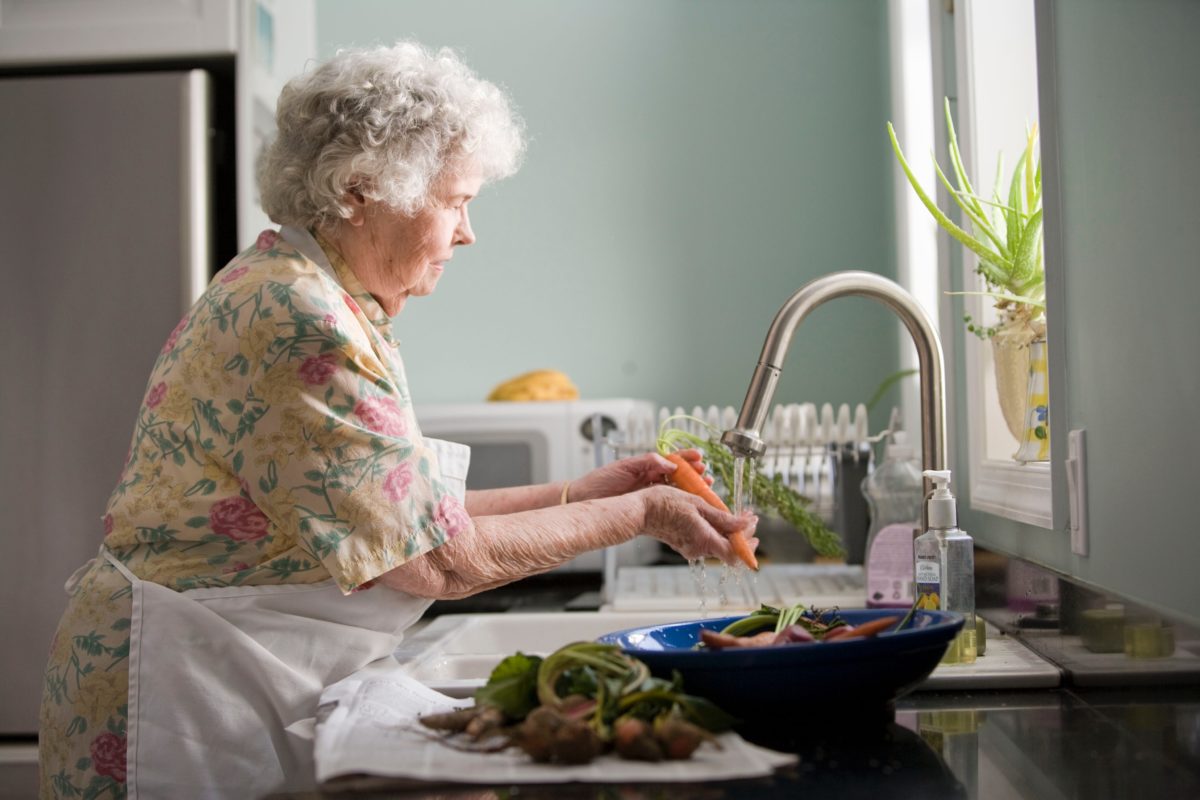As if there has ever been a doubt, surveys clearly demonstrate that those of us in the Baby Boomer generation want to maintain our independence and remain in our family homes as long as possible. The older we get, the more adamantly we pursue that goal. Along with us getting older, our homes are also aging. Things we loved about the house when we were younger are not so lovable now that we’re less agile and adaptable than we were those many years ago.

That upstairs kitchen, with the tremendous views–getting up those stairs becomes a dreaded task when joints become creaky and complaining. Likewise, getting down on hands and knees to reach into the back of a corner cabinet can make one curse the arthritis creeping in on us.
Photo by AndriyKo Podilnyk on Unsplash
In some cases the solution is medical. Doctors can literally rebuild a body today, replacing old, failing parts with new technological wonders. On a more practical level, rebuilding our homes to meet our changing needs can be easier and less expensive. Depending on the structure and your needs, you may be able to adapt the family home to your new lifestyle demands more readily than you can change residences.

In our experience, inability to climb stairs is the most expensive and challenging difficulty to remedy. In multi-story homes, options include installing an elevator or adding a chair lift, while in single story homes, it may be as simple as adding a ramp at the exterior entrances.
Elevators may add up to tens of thousands of dollars, but don’t let that deter you from investigating. Sometimes the architect has designed in a space that’s just waiting to be used. Besides, it’s probably less expensive than moving the kitchen downstairs. Though not as aesthetically appealing, a chair lift can be a relatively inexpensive solution, costing only a few thousand dollars.
In terms of cost and difficulty, bathrooms and kitchens come right behind stairs. The key problems are usually related to getting in and out of bathtubs, and manipulating faucet knobs. Whether the result of declining strength, arthritis, or another aspect of aging, these are literally pains we can avoid.

Walk-in bathtubs are available, but very expensive, and most of us haven’t been in a tub since we were children. The most common solution is a “curbless” shower which eliminates the pain and the trip hazard. Adding a seat to your shower is a minor effort for the contractor and a major plus for you. Any update of your faucets will probably solve the knob issue, since nearly all manufacturers have shifted from knobs to levers to meet the needs of the disabled.
Many of the complaints we have as aging boomers have been addressed by manufacturers of “add-on” or “after market” products. Roll out drawers, pull out shelves, lazy susan corner units and similar tools can be wonderful. For the most part these fixes are inexpensive and easy to install. None of them will make us any younger, but with them we can all feel better about growing older.
Main Photo by Jason Pofahl on Unsplash


